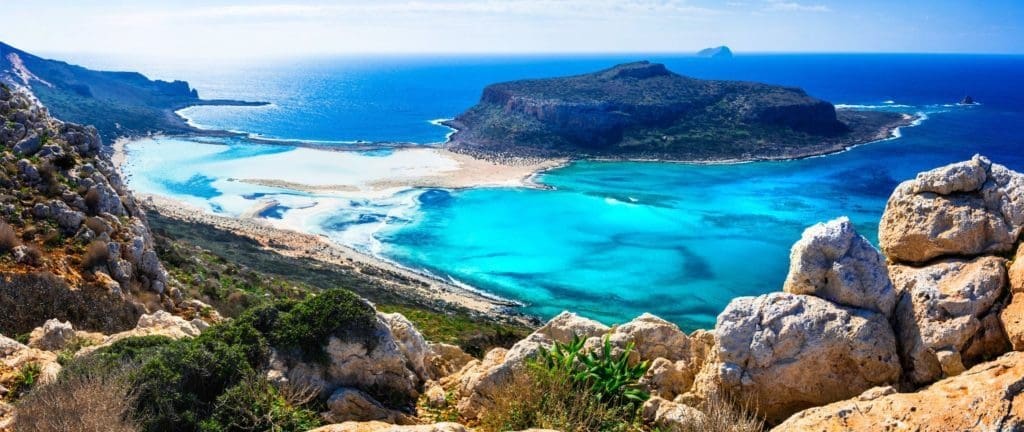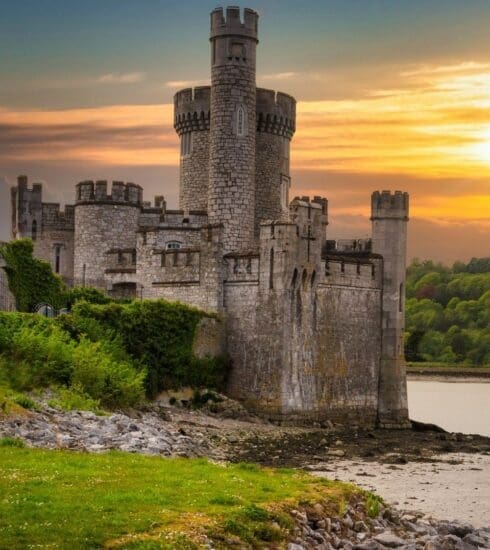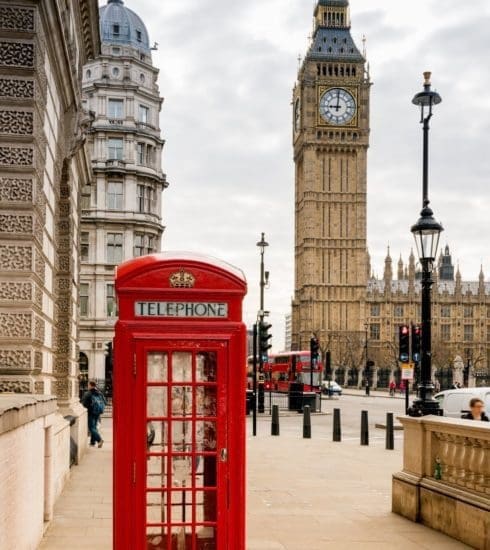Crete, Greece

Crete is the largest and most populous of the Greek islands, and it holds a unique distinction as the birthplace of one of the earliest known civilizations in Europe – the ancient Minoans. The Minoan civilization, which thrived on Crete from around 2700 to 1450 BC, was a remarkable and sophisticated society with advanced architecture, art, and writing systems. The ruins of the ancient Minoan palaces, such as Knossos and Phaistos, offer a fascinating glimpse into this early civilization’s history and achievements.
Apart from its historical significance, Crete boasts diverse landscapes, from beautiful sandy beaches and rugged mountains to fertile plains and charming villages. The island’s natural beauty and mild climate make it a year-round destination for travelers seeking sun, adventure, and cultural experiences.
Crete also provides ample opportunities for outdoor activities. Hiking enthusiasts can explore the stunning Samaria Gorge, Europe’s longest gorge, while water lovers can indulge in snorkeling, diving, and boat trips to secluded coves and offshore islets.
For those interested in mythology and ancient legends, Crete is believed to be the birthplace of the mythical figure Zeus, king of the gods in Greek mythology. Legend has it that Zeus was born in a cave on Mount Ida, an impressive mountain range in central Crete.








